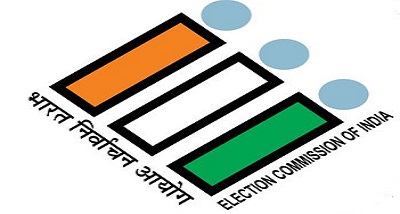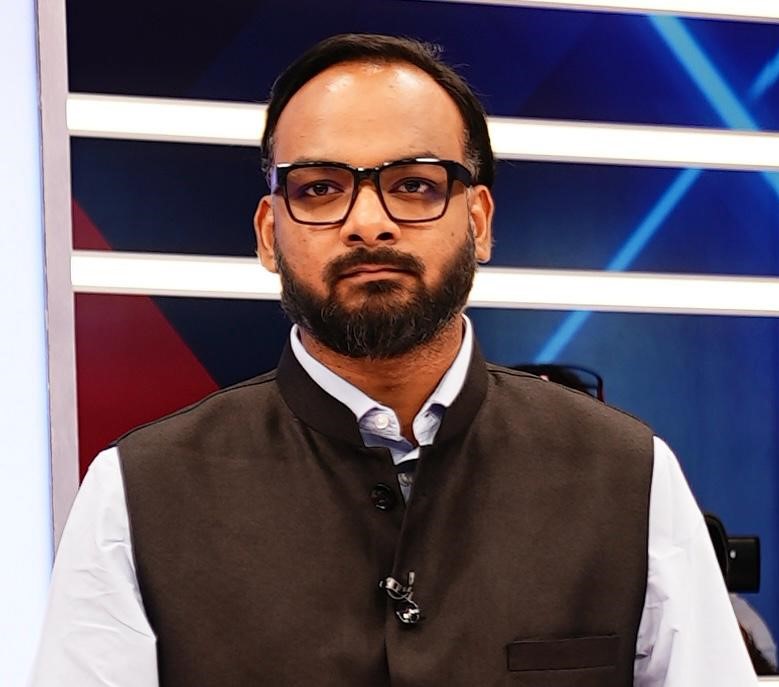The electoral processes in the recently concluded elections are under scrutiny from vested interests. Factions, engaging in political theatrics, have cast aspersions against the electoral rolls used in the Maharashtra Assembly Elections of 2024, weaving a story around unproven facts and fictitious anecdotes. The numbers, however, reveal the complete story.
What Happened in the Maharashtra 2024 Assembly Elections?
The increase of 40.80 lakh electors between the Lok Sabha Elections of 2024 and the Maharashtra Assembly Elections of 2024 is being touted as unprecedented. The trends, however, tell a different story.
The increase in electors in the Assembly Election, compared to the preceding Lok Sabha election, in 2024, was 4.38 per cent. In 2019, the same increase was 1.31 per cent. Interestingly, in 20I4, the increase was 3.38 per cent, but in 2009 and 2004, it was 4.13 per cent and 4.69 per cent.
In 2004 and 2009, the Congress won the assembly election in Maharashtra. In 2014 and 2024, it was the Bharatiya Janata Party (BJP)-led alliance, and in 2019, it was a post-poll alliance put together by several parties.
The larger point here is that a 4.38 per cent increase in 2024 can be assumed as unprecedented when similar patterns were witnessed in 2009 (4.13 per cent) and 2004 (4.69 per cent). The absolute increase in elector numbers is proportional to the population, and therefore, the mere addition of 40.80 lakh electors cannot be presumed to be evidence of any wrongdoing.
Can Large-Scale Voters be Added Beyond the Cutoff Hour?
Did you know that the number of electors for a booth in the Lok Sabha Elections of 2024 was capped at 1,500? This is done to avoid excessive queuing at any booth, ensuring everyone is allowed to cast their vote well within the permitted time.
In Maharashtra, the average number of electors per booth was 968, and the average number of voters per booth was 640. Between the publication of the integrated draft electoral roll (pre-election exercise) and the final cutoff date for nominations, the booth-level agents and the political parties they represent had over three months to report any discrepancies.
Now, can a large number of voters be added at a booth during the final hour of voting? No. Even a small increase in the voters would not be missed by the booth level agents. This is where the process itself validates the process.
Therefore, when factions claim that election results are being manipulated by additions in the final hour, they are incorrect. Interestingly, the claim reflects poorly on the booth-level agents of the parties making the claim.
Can Someone Delete Thousands of Voters from a Booth?
The entire electoral process is made up of several minute processes. Each process validates the preceding process. Hypothetically, if there are issues with the draft roll, the period to update the rolls through Forms 6, 7, and 8 ensures that the final rolls have the necessary omissions and inclusions.
The availability of the electoral rolls, narrowed down to a booth, ensures that the political parties have enough time to study the rolls. The annual Special Summary Revision (SSR) allows them to study the rolls even in a non-election year. Therefore, any party can easily detect a discrepancy in a booth where the number of electors is capped at 1,500 in a national election. For state elections, the number is often lower.
In his presser on Karnataka, Rahul Gandhi has effectively disproven what he stated in his first presser. If the large-scale deletion of voters cannot go unnoticed, large-scale addition of voters cannot go unnoticed either. The processes are formidable, and the stakeholders, engaged at each step, are far too many to dupe.











